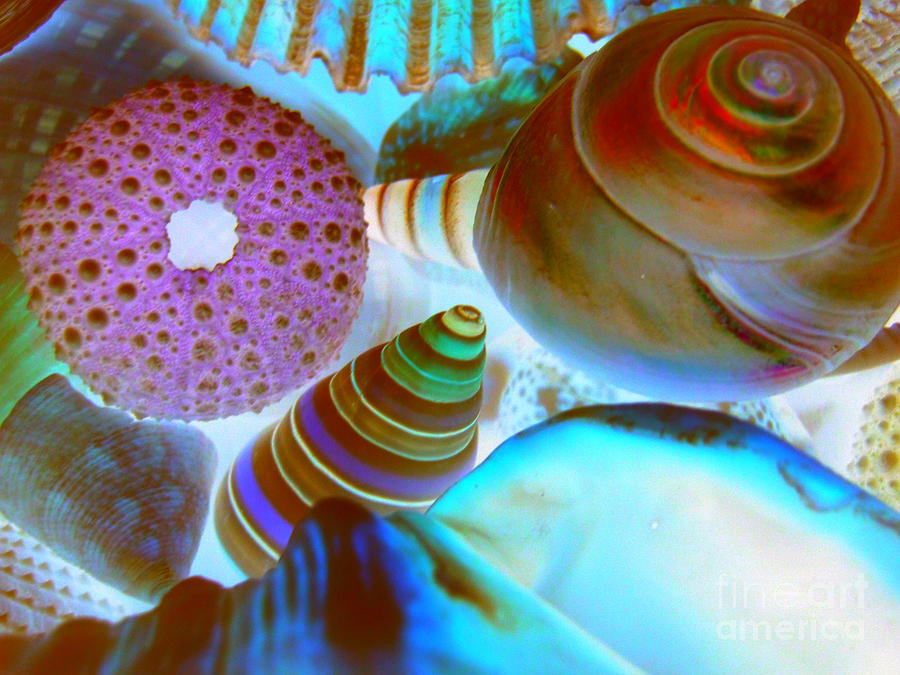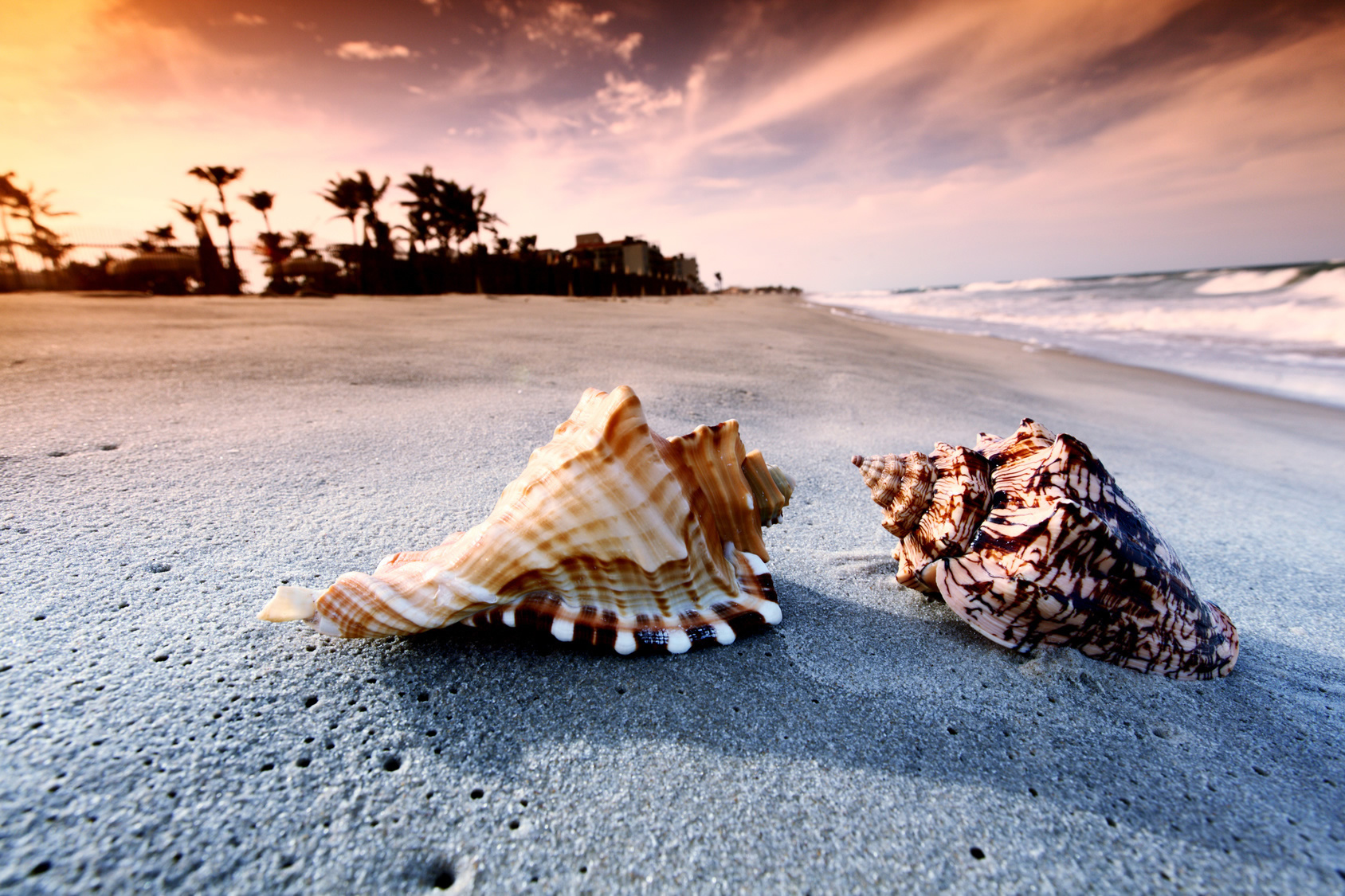

We even see this here in our part of the world. You see, mollusks need calcium to build their shells and, when a water body is low on calcium, well, it’s also low on any organisms that require shells to survive. There’s a lot less calcium in our lakes than the ocean, so there’s going to be less diversity of shells. This is a little wrinkle to the whole story that Noah Lottig, our research scientist up at Trout Lake Station pointed out. But, I’m sorry to tell you, Johnny, there is still MORE to your question. So, while strong tides and waves make the ocean good at delivering shells to shore, it’s the process of evolution that has given the ocean more shells to deliver. there is way more diversity of mussels and snails and freshwater organisms with shells – they’ve had more time. Lakes are too young, especially around here for evolution to work its diversifying magic. So there’s been much less time for life to evolve in the Great Lakes, or in the glacial lakes of the Midwest. Compare that to the oceans, which are 4+ billion years old. Lakes in Wisconsin are only about 15,000 years old. I think the answer is related to the geologic age of the lakes. Well, Aaron Koning, a former CFL grad student who is now at Cornell University, and Vince both weighed in on that as well. You’d get some brown and white freshwater mussel shells and, in some of our lakes, a ton of tiny invasive zebra mussel shells and maybe a few snail shells, but it would be nothing like the diverse spread of shells in the ocean – conch, oyster, scallop, clam, limpet, periwinkle – the list goes on and on. But this is only part of the answer.Įven if a lake dumped all of its shells on shore, those shells wouldn’t be quite as, well, cool as a lot of the ocean-dwelling variety. So, Johnny, part of the answer to your question is that the ocean is simply a more dynamic body of water – strong tides and big waves are just better at carrying shells from the bottom up onto the beach. Among the debris you may be lucky enough to find a snail or mussel shell too and who knows what other stuff the lake may push up on shore! – Vince Vince Buttita snorkels for mussels in a northern Wisconsin lake. On a lake, your best bet is to go out after a big storm and look for places where a lot of little sticks and aquatic plants have been washed up by waves. It’s not that lakes don’t have snails and clams, which they definitely do! (And if you have a keen enough eye, you may spot the occasional shell on the shoreline or in a pile that a recently well-fed muskrat left nearby.) But, unlike the ocean, the lake doesn’t have the same strong pull of high tide and low tide and, in most cases, the big waves that deliver the shells up on shore.

Hi Johnny, Great question! As a lover of all things shell related, I agree with you that it would be way cooler if our lakes delivered to us mysteries from their depths like the ocean does twice a day. It turns out that it took a village to answer this one! Not surprisingly, our graduate student Vince Buttita, who is researching freshwater mussels and is a self-described “amateur beach-comber and lover of shelled animals” chimed in first. Hi Johnny, what an awesome observation! We sent your question around the office (well, okay, no one is physically in the office, so we sent a group e-mail, but still.) and all sorts of suggestions came up.

Why are there so many shells on the beaches in Florida, but hardly any on the beaches in Madison? Johnny, Age 7. This week, Johnny from Madison nearly stumped us! The Question:
#Seashells by the seashore series#
Happy Friday! We’re back with Water We Talking About – a series where kids send us freshwater-related questions and we track down freshwater-related scientists to answer them.


 0 kommentar(er)
0 kommentar(er)
